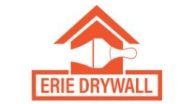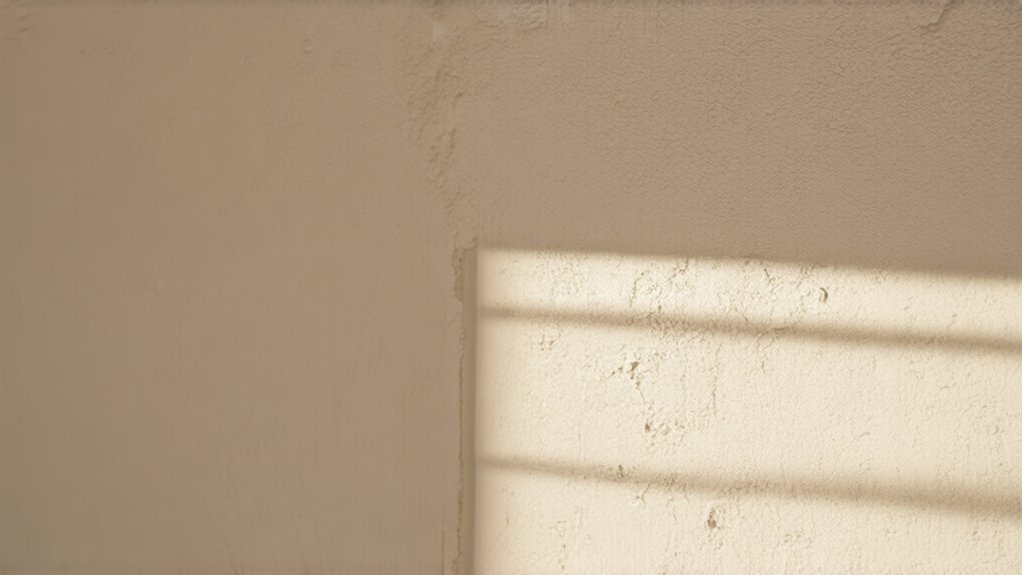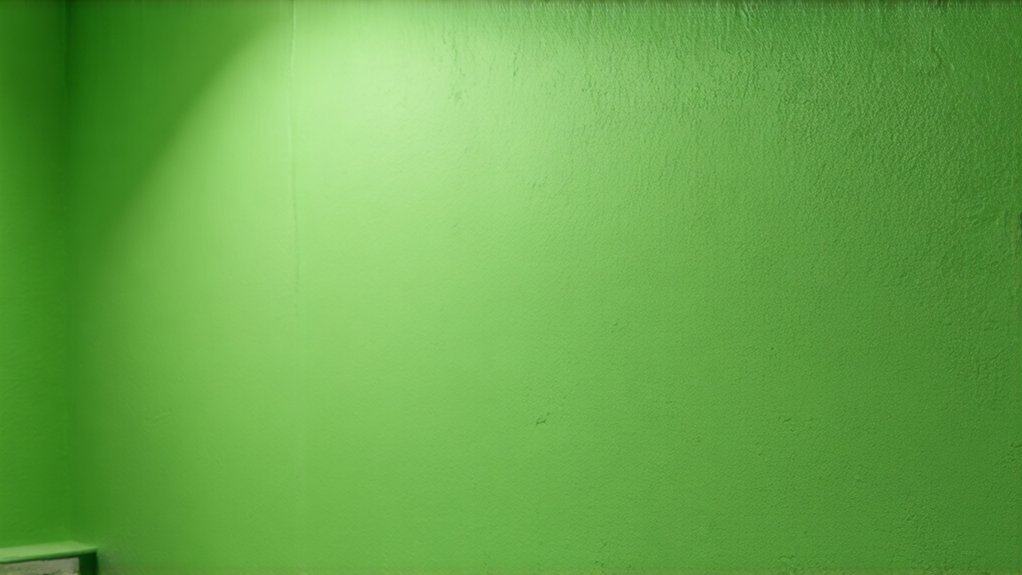Erie’s humid summers can seriously damage your drywall, causing swelling, warping, and potential mold growth. You’ll notice cracked surfaces, peeling paint, and soft wall sections as moisture infiltrates the gypsum core. To protect your home, use moisture-resistant materials, run dehumidifiers, and seal potential water entry points. By understanding these risks and taking proactive steps, you’ll preserve your walls’ integrity—and there’s much more to learn about defending your home against humidity’s destructive effects.
Understanding Humidity’s Impact on Drywall Composition
Moisture—the silent saboteur of drywall integrity—plays a critical role in how your home’s walls respond to Erie’s humid summers. You’ll want to understand how drywall material composition makes these surfaces vulnerable to environmental changes. Gypsum, the primary component, readily absorbs ambient moisture, causing subtle yet significant dimensional shifts.
Proper drywall installation techniques can mitigate these risks, ensuring your walls remain stable and pristine. When humidity rises, your drywall’s paper facing and core become susceptible to swelling, warping, and potential structural compromise. Knowing these variable factors helps you protect your home’s interior and maintain its aesthetic appeal. Local drywall installation experts in Erie recommend using moisture-resistant drywall materials to combat the region’s high summer humidity levels.
Common Signs of Moisture Damage in Erie Homes
Recognizing the early warning signs of moisture damage can save Erie homeowners significant repair costs and headaches. You’ll want to watch for telltale indicators like cracked plaster surfaces and peeling paint layers, which suggest underlying humidity issues.
Bubbling or discolored drywall, especially in basement or bathroom areas, signals potential moisture penetration. Musty odors and visible mold spots are red flags you can’t ignore. When you notice soft or warped wall sections, it’s time to investigate potential water intrusion.
Professional drywall repair services can help homeowners address these moisture-related challenges effectively, ensuring long-lasting structural integrity and preventing further damage.
Don’t wait until extensive damage occurs—swift action can prevent costly structural repairs and maintain your home’s integrity.
Preventing Humidity-Related Drywall Deterioration
Because Erie’s humid summers can wreak havoc on your home’s drywall, proactive prevention becomes essential for preserving your property’s structural integrity. You’ll want to implement strategic humidity control measures that protect your walls from moisture damage.
Start by ensuring proper drywall installation techniques, including using moisture-resistant materials in high-humidity areas like bathrooms and basements. Invest in a quality dehumidifier to maintain indoor humidity levels between 30-50%. Seal any potential moisture entry points, and consider applying waterproof primers to vulnerable wall surfaces. Regular inspections can catch early signs of humidity-related deterioration before significant damage occurs.
Professional Repair Techniques for Humidity Damage
When humidity takes its toll on your drywall, professional repair becomes critical to restoring your home’s walls and preventing further damage. Skilled technicians will first assess the extent of moisture-related issues, carefully removing compromised sections and treating underlying surfaces.
They’ll use precise caulking application techniques to seal potential water entry points and select moisture-resistant paint that can withstand Erie’s humid summers. You’ll want to choose professionals who understand local climate challenges and can recommend complete wall restoration strategies. Their proficiency guarantees your walls remain structurally sound and visually appealing, safeguarding your investment.
Long-Term Strategies for Drywall Protection in High-Humidity Environments
As Erie’s summer humidity threatens your home’s walls, proactive drywall protection becomes essential for homeowners seeking to preserve their interior spaces. You’ll want to implement sturdy moisture monitoring strategies to catch potential issues early.
Install dehumidification systems in high-risk areas like basements and bathrooms to control ambient moisture levels. Consider using moisture-resistant drywall or applying specialized sealants that create a barrier against humidity’s damaging effects.
Regular inspections and prompt repairs can prevent minor moisture problems from escalating into costly structural damage. By staying vigilant and investing in preventative measures, you’ll maintain your home’s integrity and aesthetic appeal.
Frequently Asked Questions
Can Humidity Cause Drywall to Develop Mold Even if No Visible Water Damage?
Yes, you’ll need to watch out! High humidity can trigger hidden mold growth through condensation buildup, even without visible water damage. If you’re experiencing moisture levels above 60%, your drywall’s at risk for unseen mold development.
How Quickly Can High Humidity Lead to Permanent Drywall Structural Issues?
High humidity can cause rapid drywall expansion within 48-72 hours, potentially leading to permanent structural damage. You’ll want to monitor moisture levels closely and use dehumidifiers to prevent warping, cracking, and potential mold growth in your home.
Are Newer Homes in Erie More Resistant to Humidity-Related Drywall Problems?
Yes, you’ll find newer homes in Erie better protected! Advanced drywall installation techniques and improved moisture barrier effectiveness mean modern constructions can better withstand humidity’s challenges, giving homeowners more confidence in their property’s resilience.
Will My Home Insurance Cover Drywall Damage Caused by Excessive Humidity?
You’ll need to check your specific policy, but most home insurance won’t cover humidity damage. Invest in a dehumidifier and monitor humidity levels to prevent costly repairs and protect your home’s structural integrity.
Can I Use a Dehumidifier to Prevent Long-Term Drywall Moisture Complications?
Yes, you’ll want to use a dehumidifier strategically. Place it centrally, maintain it regularly, and monitor humidity levels. By following a consistent dehumidifier maintenance schedule, you’ll protect your drywall and create a comfortable, moisture-free living environment.
Conclusion
Don’t let Erie’s summer humidity wreak havoc on your drywall. By understanding moisture’s effects and implementing proactive protection strategies, you’ll safeguard your home’s interior. Stay vigilant about signs of damage, use dehumidifiers, and consult professionals when needed. With the right approach, you’ll maintain beautiful, sturdy walls that can withstand our region’s challenging seasonal humidity.



